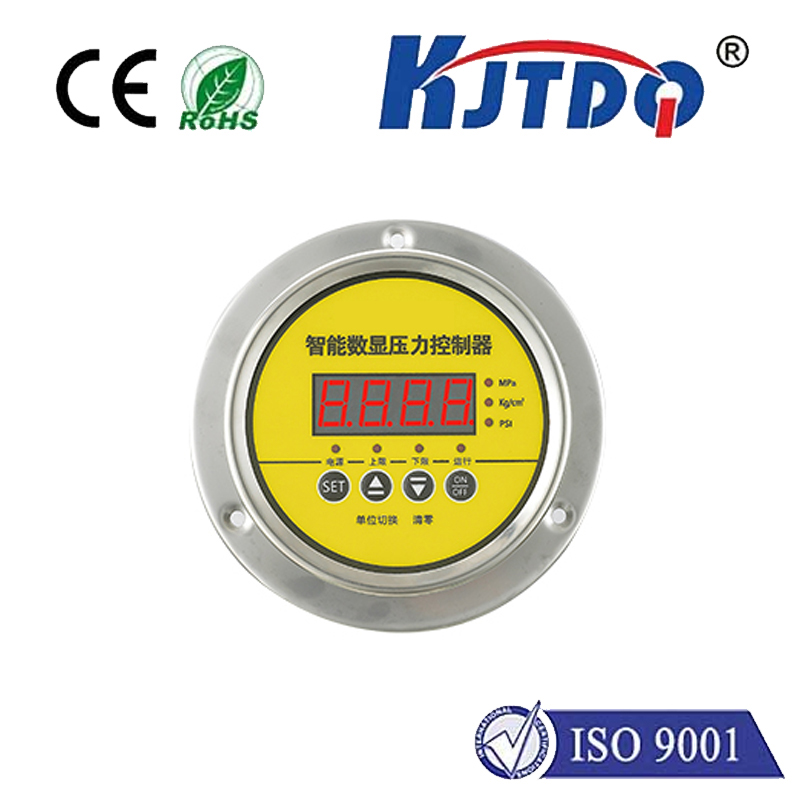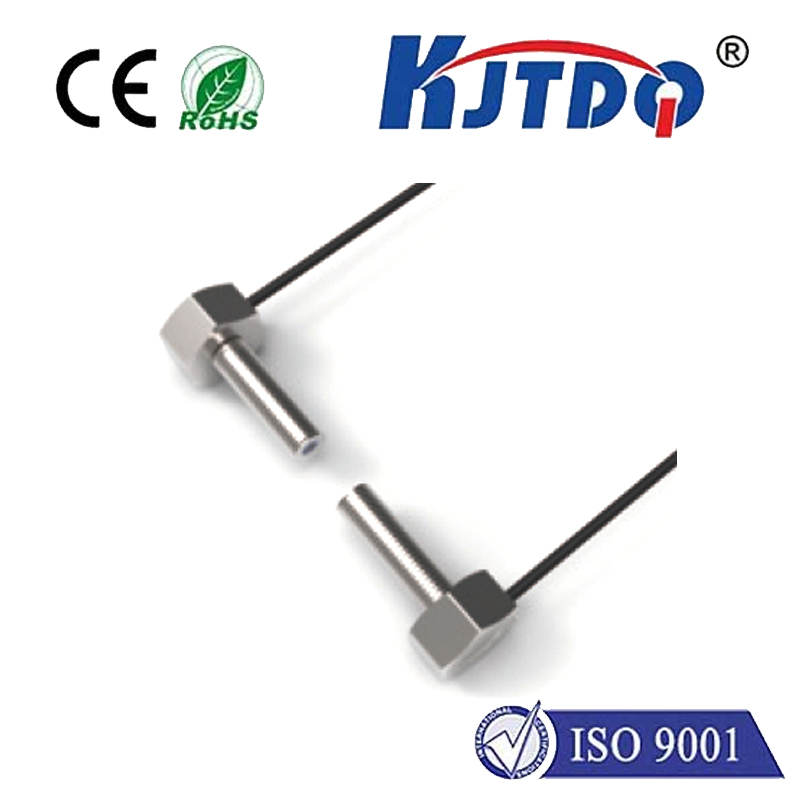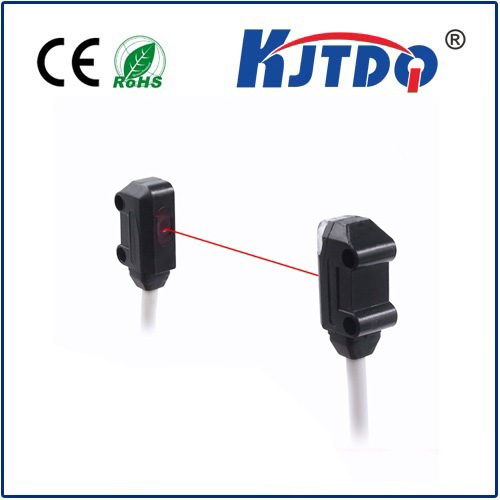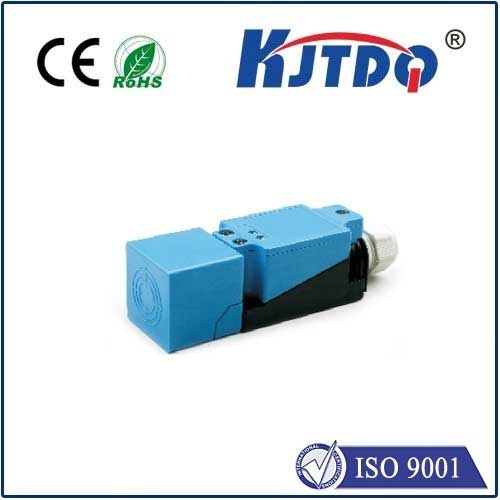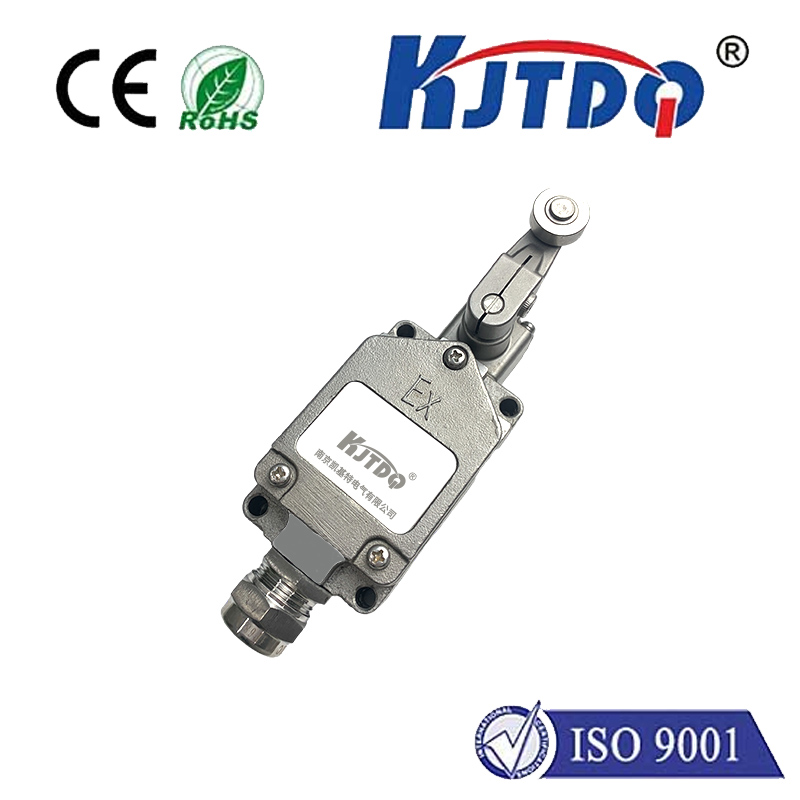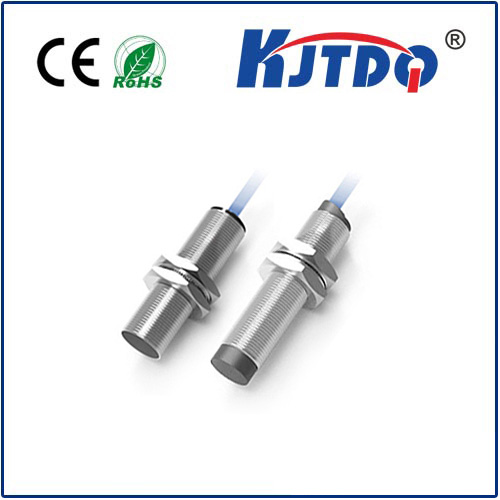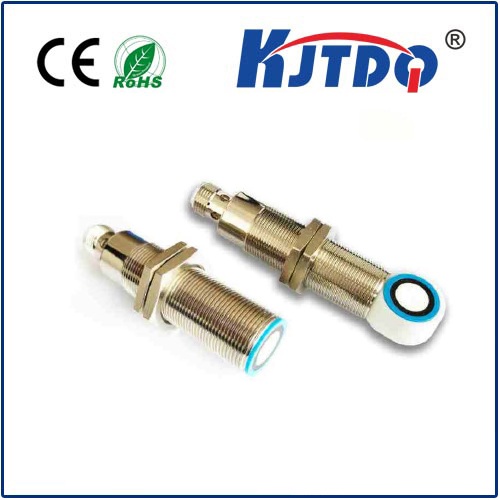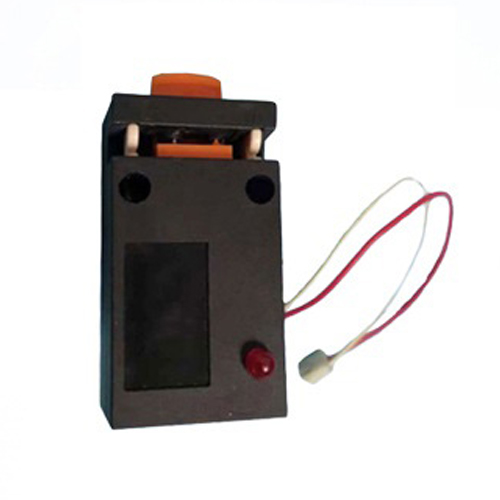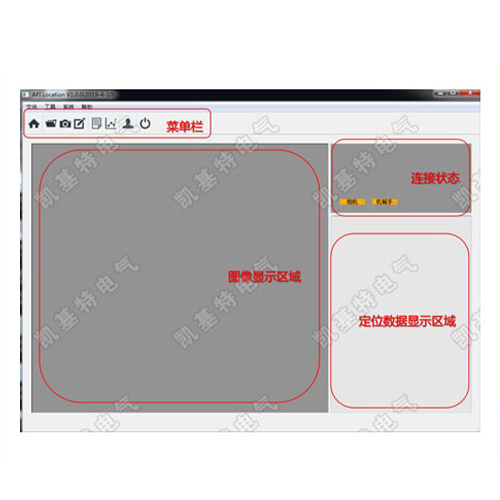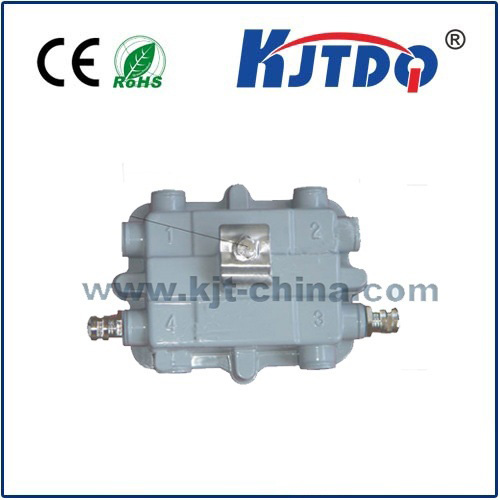

check

check

check

check
Imagine a robotic arm swinging with blinding speed, a hydraulic press slamming down with immense force, or an automated guided vehicle (AGV) navigating a busy factory floor. Now imagine what happens if someone accidentally steps into that danger zone. This is where the unseen heroes of industrial safety step in: inductive safety sensors. More than just simple switches, they are sophisticated devices engineered to prevent catastrophic accidents, safeguarding both human operators and valuable machinery by providing non-contact, reliable object detection precisely where it matters most.
At their core, these sensors operate on the fundamental principle of electromagnetic induction. Unlike standard inductive sensors used merely for position feedback, safety-rated inductive sensors are designed, tested, and certified to perform a critical protective function. They generate an oscillating electromagnetic field. When a metallic target – like a machine guard door, a safety flap, or the chassis of an autonomous robot – enters this field, it induces tiny eddy currents within the metal. The sensor meticulously detects this minute but specific change in the field’s characteristics. Crucially, this detection happens without any physical contact, eliminating wear and tear and ensuring long-term reliability under harsh conditions like vibration, dirt, oil, and temperature extremes.

However, detecting a target is only half the story. What truly defines an inductive safety sensor and differentiates it from its non-safety counterparts is its integrated safety functionality and adherence to stringent international standards. To achieve certifications like SIL 2⁄3 (Safety Integrity Level) according to IEC 61508 or Performance Level e (PLe) according to ISO 13849-1, these sensors incorporate sophisticated internal monitoring and redundant architectures:
This multi-layered approach ensures fail-safe operation. If anything goes wrong within the sensor itself, it defaults to shutting down the machine it’s protecting. This intrinsic reliability and predictable fault behavior are paramount for achieving the high levels of functional safety demanded in modern industry.
The applications for inductive safety sensors are vast and critical:
Selecting the right inductive safety sensor requires careful consideration beyond just detection range. Key factors include:
Inductive safety sensors are foundational elements within functional safety systems across countless industries. They combine robust, non-contact sensing principles with sophisticated safety engineering to create a reliable last line of defense. By continuously verifying the position of critical safety components with an extremely high degree of reliability and self-diagnostic capability, these silent guardians play an indispensable role in creating safer workplaces, protecting personnel from life-altering injuries, preventing costly machine damage, and ensuring seamless compliance with stringent global safety regulations. Their silent, unwavering vigilance is truly the bedrock of modern industrial safety automation.
